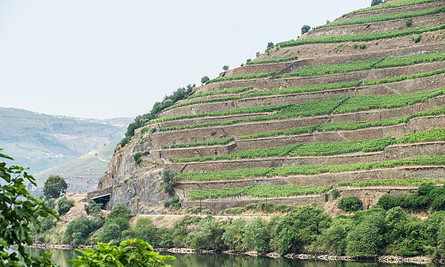What is a mapcode?
A mapcode represents a location. Every location on Earth can be represented by a mapcode. Mapcodes were designed to be short, easy to recognise, remember and communicate. They are precise to a few meters, which is good enough for every-day use.
Mapcodes are free!
Mapcodes are free. They can be used by anyone, and may be supported, provided or generated by anyone, as long as this is done free of charge, conditions or restrictions. Technical details and sources are available on our Developers page.
What does a mapcode look like?
A mapcode consists of two groups of letters and digits, separated by a dot.
An example of a mapcode (in Amsterdam) is:
49.4V
This short code is sufficient as long as it is clear what country or state the mapcode belongs in (in this case, The Netherlands).
On a business card, it is therefore a good idea to put it after the country or state name:
Mr. John Smith
Oosterdoksstraat 114
Amsterdam
Netherlands 49.4V
When storing mapcodes in a database, it is recommended to explicitly specify the country:
Netherlands 49.4V
Or using the ISO standard 3-letter abbreviation:
NLD 49.4V
In eight very large countries (USA, Canada, Mexico, Brazil, India, Australia, Russia, and China) an address has little meaning without knowing the state (just like elsewhere, an address has little meaning without knowing the country).
For example, there are 27 cities called Washington in the USA. If you want to refer to a location in the capital city, you would always refer to Washington DC.
DC 18.JQZ
Or (in an international context, which requires the country as well as state):
US-DC 18.JQZ
More information on mapcodes and their underlying concepts can be found in our reference material.
Where did mapcodes come from?
Mapcodes were developed in 2001 by Pieter Geelen and Harold Goddijn, soon after the GPS satellite signals were opened up for civilian use. It was decided to donate the mapcode system to the public domain in 2008. The algorithms and data tables are maintained by the Mapcode Foundation.
The mapcode system is currently being filed as a standard at the International Organisation for Standardisation.
Mapcode technology patents
To ensure we can continue to provide Mapcode technology for its users, our technology is protected via several patents in various jurisdictions (EP 2769182, US 9377311, US 9995586, IN 414932, OA 16974).

Downloads for smartphones
Of course, any web-capable phone can make use of our "mobile" webpages. Recently, some dedicated mapcode "apps" have been released:
A free iOS app Mapcode Finder is now available:
A free Android app Mapcode Mobile is also available:

Mapcode stories

Emergency services
Emergency services need to quickly reach the strangest places. Not only will a mapcode get an ambulance to within meters of its target, no matter where, but the short mapcodes can also be communicated clearly even over bad connections (Eastern Cape, South Africa).

National post code system
Many countries are currently considering mapcodes as a candidate for their national post code. Most countries today only have “zone” codes, where thousands of dwellings share the same code. South Africa was the first to introduce mapcodes to officially support informal dwellings (such as slum dwellings).

Inventory localization
In countries without an effective addressing system, utility services can not readily come to aid of households or businesses when they are faced with power cuts or water leakages. In Kenya, Uganda and Nigeria, electricity and water meters bear mapcodes which aren’t just their unique asset identifier, but acts as the address of that particular house or business.

Archeological finds
Archeological and botanical finds are (of course) registered very precisely. Many errors are made, however, both in writing down and in copying the unwieldy latitudes and longitudes. Mapcodes are now used to put a human face on coordinates by the Naturalis Biodiversity Center.

Land ownership
Land or building ownership is a relevant and complicated, but vastly under-organized issue in many countries. Several land registry offices are looking into identifying parcels of land by their central mapcode whilst others (South Africa, India, USA) have implemented mapcode down to a 1m2 accuracy for urban planning and asset management.

